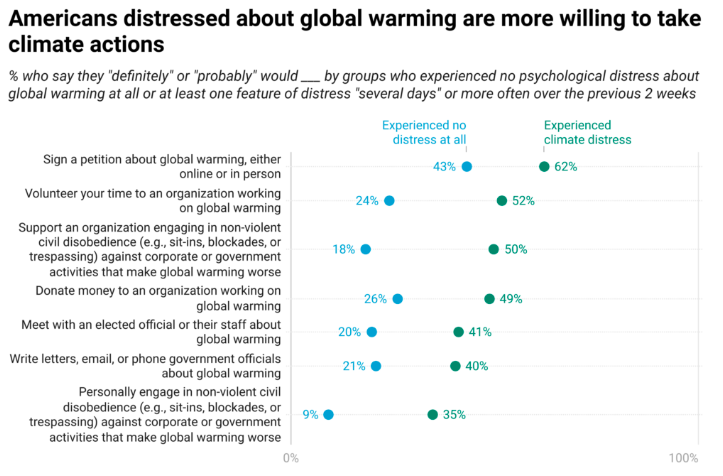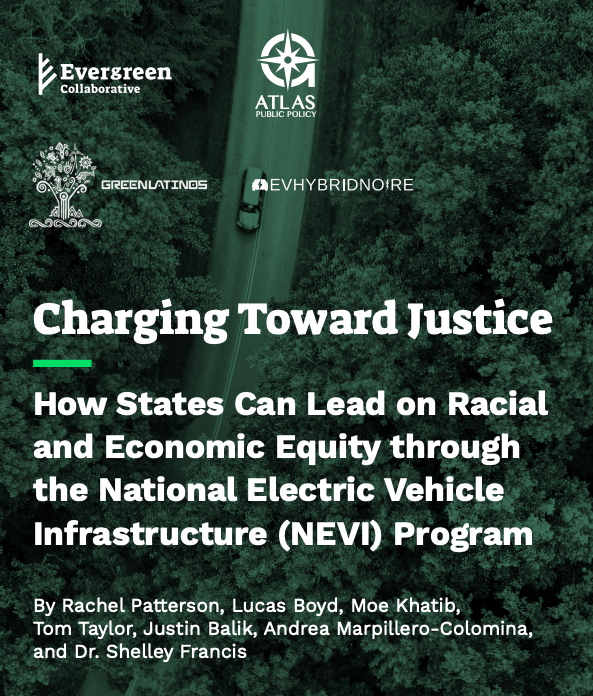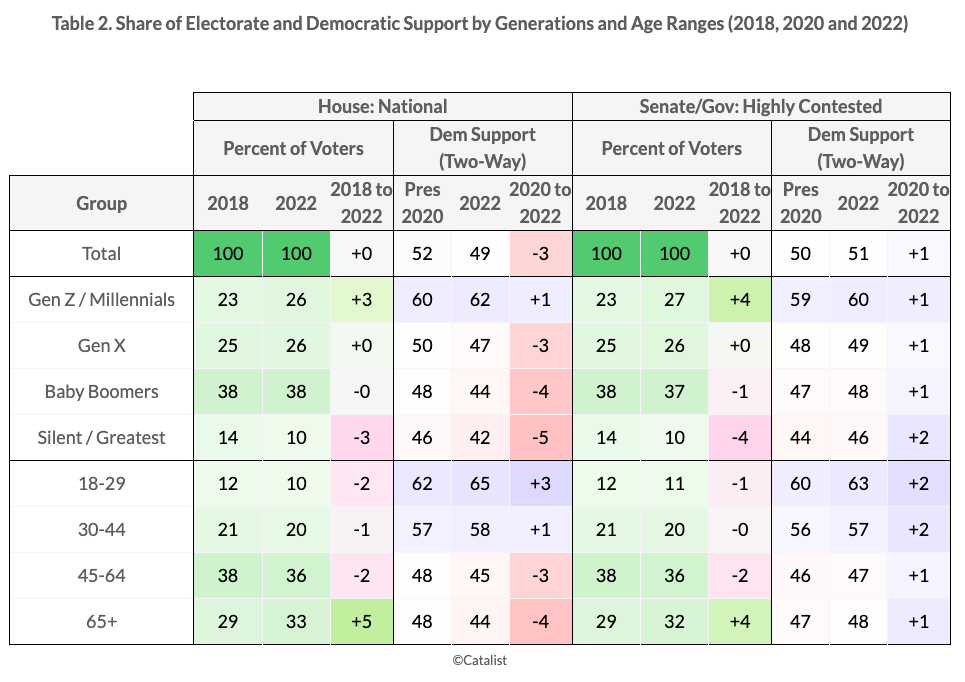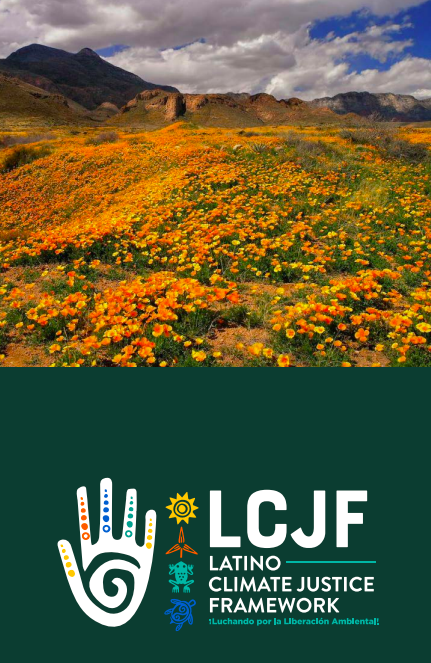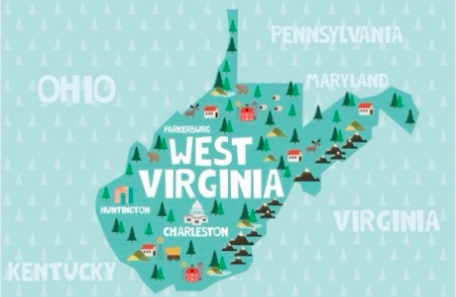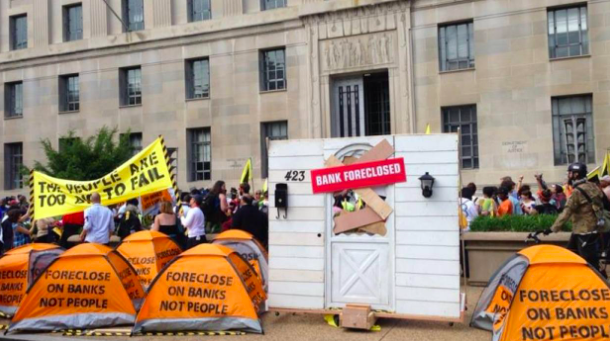Resources
Search below for resources covering the intersection of climate engagement, social science and data analytics.
RESULTS
Environmental Polling Roundup - March 22nd, 2024
This post includes climate and environment headlines, data points, and key takeaways from recent public polls - including newly released polling on the Sackett v. EPA decision and clean water protections, new polling on oil and gas accountability, and a new analysis on the gap between Americans’ interest in climate activism and their actual behaviors.
HEADLINES
Is distress about climate change associated with climate action?
Americans who experience climate distress are more likely to take personal action on climate change. Americans who had experienced at least one feature of climate distress were much more likely than those who had not to say they had taken different forms of climate action. This includes having signed a petition about global warming (46% vs. 10%, respectively), or having volunteered at an organization working on global warming (19% vs. 2%). Americans who experienced at least one feature of climate distress were more likely than those who had not to say they would meet with an elected official or their staff about global warming (41% vs. 20%, respectively), write letters, email, or phone government officials about global warming (40% vs. 21%), or personally engage in non-violent civil disobedience (e.g., sit-ins, blockades, or trespassing) against corporate or government activities that make global warming worse (35% vs. 9%).
Charging Toward Justice: How States Can Lead on Racial and Economic Equity through the National Electric Vehicle Infrastructure (NEVI) Program
Deeper community engagement is important as states complete build-out of the initial electric vehicle charger deployment along highways. To do outreach to communities, employ a wide range of outreach strategies to disadvantaged communities, including social media, email lists, local media, and campaigns targeted specifically to communities of color (Black, Brown and Indigenous communities); hold a mix of virtual and in-person meetings, including within disadvantaged communities, to achieve broad geographic and demographic representation; consult with community-based organizations, especially those that represent disadvantaged communities, throughout the NEVI planning process; actively solicit feedback from disadvantaged communities through virtual and in-person meetings, listening sessions, public surveys, and recommendations from community-based organizations; and engage tribal nations, who were often entirely omitted from state NEVI planning but should directly benefit from the program.
What Happened in 2022
The 2022 election defied conventional wisdom and historical trends. Democrats won in the majority of heavily contested races, with electorates in these contests looking more like the 2020 and 2018 electorates than a typical midterm. Gen Z and Millennial voters had exceptional levels of turnout, with young voters in heavily contested states exceeding their 2018 turnout by 6% among those who were eligible in both elections. Extreme “MAGA” Republicans underperformed. Women voters pushed Democrats over the top in heavily contested races, where abortion rights were often their top issue. Democrats largely retained their winning 2020 coalition in heavily contested races, with some exceptions.
Campaign Communications Course
This free course is designed to help grassroots groups to understand the basics of public communications for building a convincing, winning campaign. It can support groups looking for skills on crafting targeted messaging and framing to move people towards social change. You might want to campaign to fight your opponents, convince new audiences, or mobilize audiences that already support your cause. Each of these objectives requires specific communication strategies. The course includes defining public campaigning, communications basics, campaign objectives (neutralizing, informing, persuading and mobilizing), reaching your target group and storytelling. This takes approximately 5 hours to review. Deep dive sections may add 3-4 more hours. Group discussion time may vary.
Latino Climate Justice Framework
Climate justice for Latino Americans means centering policies that achieve environmental, energy, and economic justice together. Latino/a/x households pay disproportionately high energy costs, low-income, Latino/a/x households and communities have so far been left behind in the transition to clean energy, and Latino/a/x workers need a pathway to clean energy jobs. Therefore, we need to invest with justice in clean energy, accelerate the transition to renewable energy (i.e., wind, solar, geothermal and small-scale hydropower), and advance economic equity and opportunity for Latino/a/x workers. This resource further details these problems and policy and political solutions, as related to transit, jobs, fossil fuel drilling, climate adaptation, clean water, voting rights, conservation, and more.
Climate groups use “climate anxiety” to spur grassroots action
Various climate groups have recently used messages invoking “climate anxiety” to spur grassroots action. Science Moms and Action for the Climate Emergency have joined the Environmental Defense Fund and Climate Emergency Fund in running Facebook and Instagram ads about climate anxiety in recent weeks. A group called RepublicEn has been running Meta ads using conservative messengers like evangelicals, military figures, and elected officials to create a permission structure for Republican voters to support climate action. The dominant narrative about climate change or energy on social media last week concerned a report showing that some of the U.S. Strategic Petroleum Reserve was shipped to countries like China. Pages like Breitbart and Tucker Carlson seized on the news to accuse the Biden administration of “treason”, but their content went mostly unchecked by progressive pages.
Building long-lasting grassroots power requires centering concrete issues and the humanity of individuals you’re organizing. Many organizations in West Virginia are cultivating organizers, building organizations that can sustainably organize local communities according to their needs for years to come, incorporating mutual aid, and more, in an effort to win and wield political power. In this article, The Forge contributor Mat Hanson discussed organizational strategies with multiple people involved in grassroots power building in West Virginia: Katey Lauer, co-chair of West Virginia Can’t Wait; Nicole McCormick, a founding member of the West Virginia United caucus and rank-and-file leader in the successful teacher’s strike; Dr. Shanequa Smith of Restorative Actions and the Black Voters Impact Initiative; and Joe Solomon, the co-founder and co-director of Solutions Oriented Addiction Response (SOAR), a volunteer-based organization that advocates for harm-reduction strategies to the opioid crisis.
Tipsheet: 7 Tips to Build Your Base Via Blended Organizing
Online-offline organizing, which the Lab also calls “blended organizing," is organizing that engages participants using in-person and digital touches in concert with one another and mobilizes them to act both online and in-person. This tipsheet provides a detailed account of how advocates can successfully engage and develop their supporters using the organizing pathway model.
The Case for Rupture
Ruptural moments are key to long-term movement victories. Ruptural moments by themselves rarely lead to substantive changes in people’s material conditions or the dismantling of the status quo; they need to be situated within a dynamic movement ecosystem. In a ruptural moment, thousands or hundreds of thousands of people hit the streets. Second, participants are willing to engage in a huge escalation of risk. Third, ruptural moments open a window into a change in thinking — opening the eyes of a society to the fact that a dictatorship is fragile or that Indigenous sovereignty must be respected or that Black folks have a different lived experience than white folks. In other words, in changing how space or public order works, ruptural moments contest the story of the dominant culture. Movement organizers can create ruptural moments by working for months in a disciplined way to achieve the scale necessary for something major to happen, or by a smaller group of organizers attempting something bold, enabling it to scale as others are captivated by the boldness of the tactic or demand and launch copycat actions or undergird the movement. And sometimes, unexpected events just happen that create ruptures.
Pagination
- Page 1
- Next page
